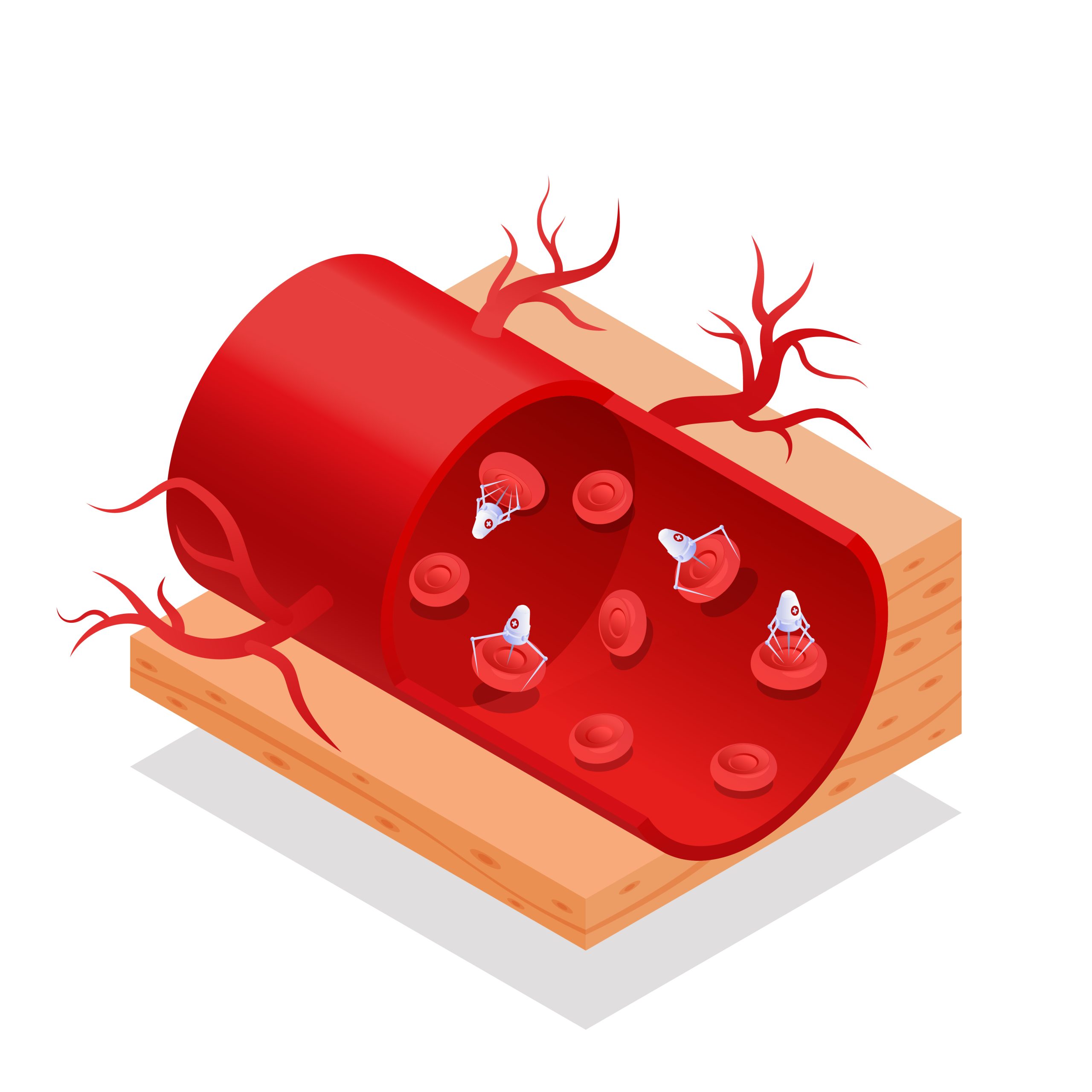Broken blood vessels, also known as telangiectasia, are a common characteristic of rosacea, particularly in its advanced stages. These broken blood vessels are tiny capillaries that become dilated and visible beneath the skin’s surface. While the precise mechanism behind their development in rosacea isn’t fully understood, several factors contribute to their formation:
- Chronic Inflammation: Rosacea is associated with chronic inflammation of the skin. This inflammation weakens the walls of blood vessels, making them more prone to dilation and rupture, leading to the appearance of broken blood vessels.
- Abnormalities in the Vascular System: Individuals with rosacea may have abnormalities in the structure and function of their blood vessels. These abnormalities can make the vessels more susceptible to dilation and rupture, contributing to the development of telangiectasia.
- Increased Blood Flow: In rosacea, there is often an increase in blood flow to the skin, particularly in response to triggers such as heat, sunlight, spicy foods, alcohol, or emotional stress. This increased blood flow can put additional pressure on blood vessel walls, making them more likely to dilate and become visible.
- Genetics: There is evidence to suggest that genetics play a role in the development of rosacea and broken blood vessels. Individuals with a family history of rosacea may be more predisposed to developing the condition and its associated symptoms, including telangiectasia.
- Sun Damage: Chronic exposure to ultraviolet (UV) radiation from the sun can damage the skin’s structure and weaken blood vessel walls. Sun exposure is a common trigger for rosacea flare-ups and may contribute to the development of broken blood vessels.
- Skin Barrier Dysfunction: Dysfunction of the skin barrier, which can occur in rosacea, may contribute to the development of broken blood vessels by allowing irritants and environmental factors to penetrate the skin more easily, leading to inflammation and vascular changes.
While broken blood vessels are a common feature of rosacea, not all individuals with rosacea will develop them, and their presence may vary in severity among affected individuals. Treatment options for broken blood vessels associated with rosacea may include laser therapy, intense pulsed light (IPL) therapy, or topical medications to reduce inflammation and redness. However, it’s essential to consult a dermatologist for an accurate diagnosis and personalized treatment plan tailored to your specific needs.




